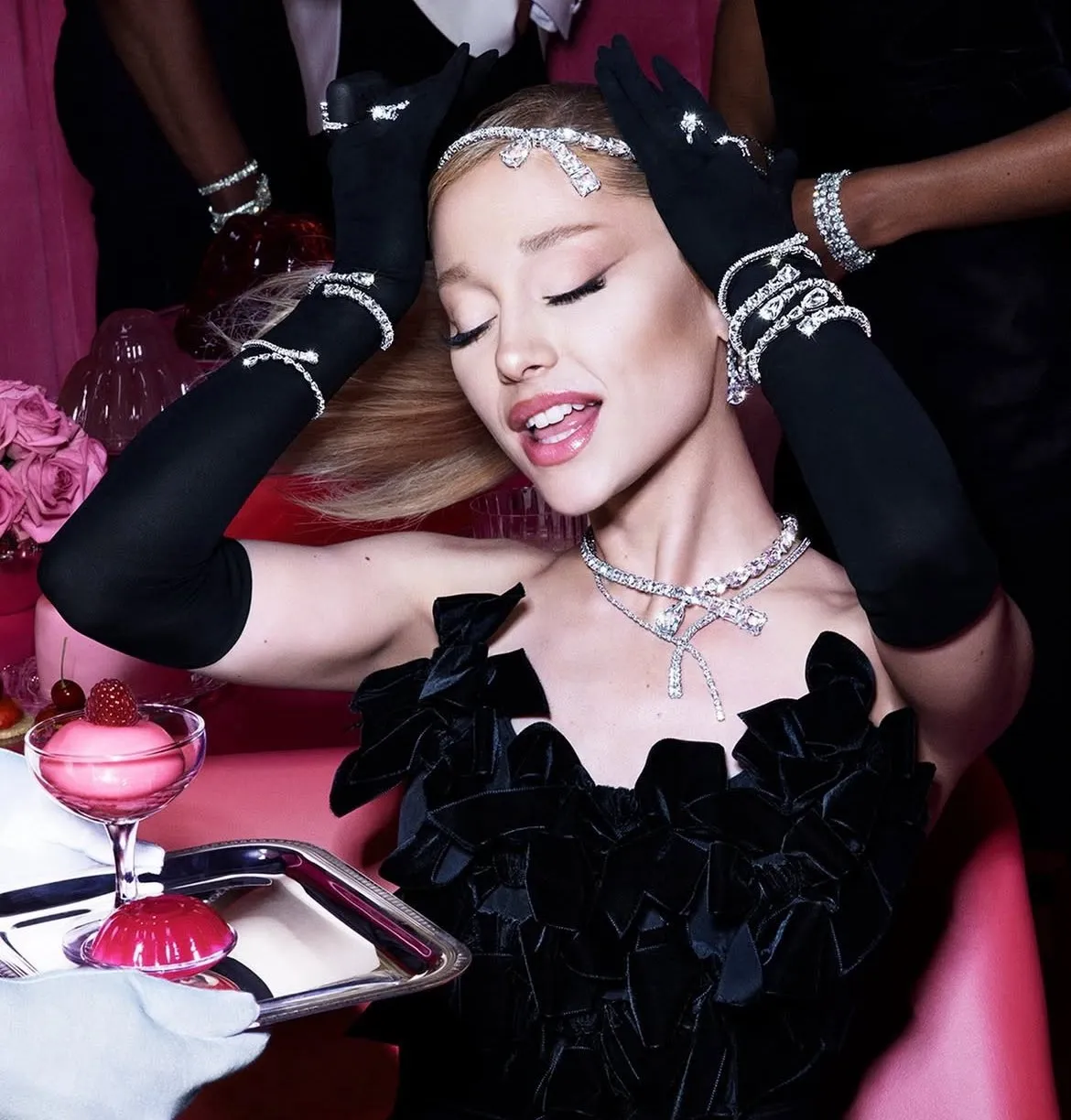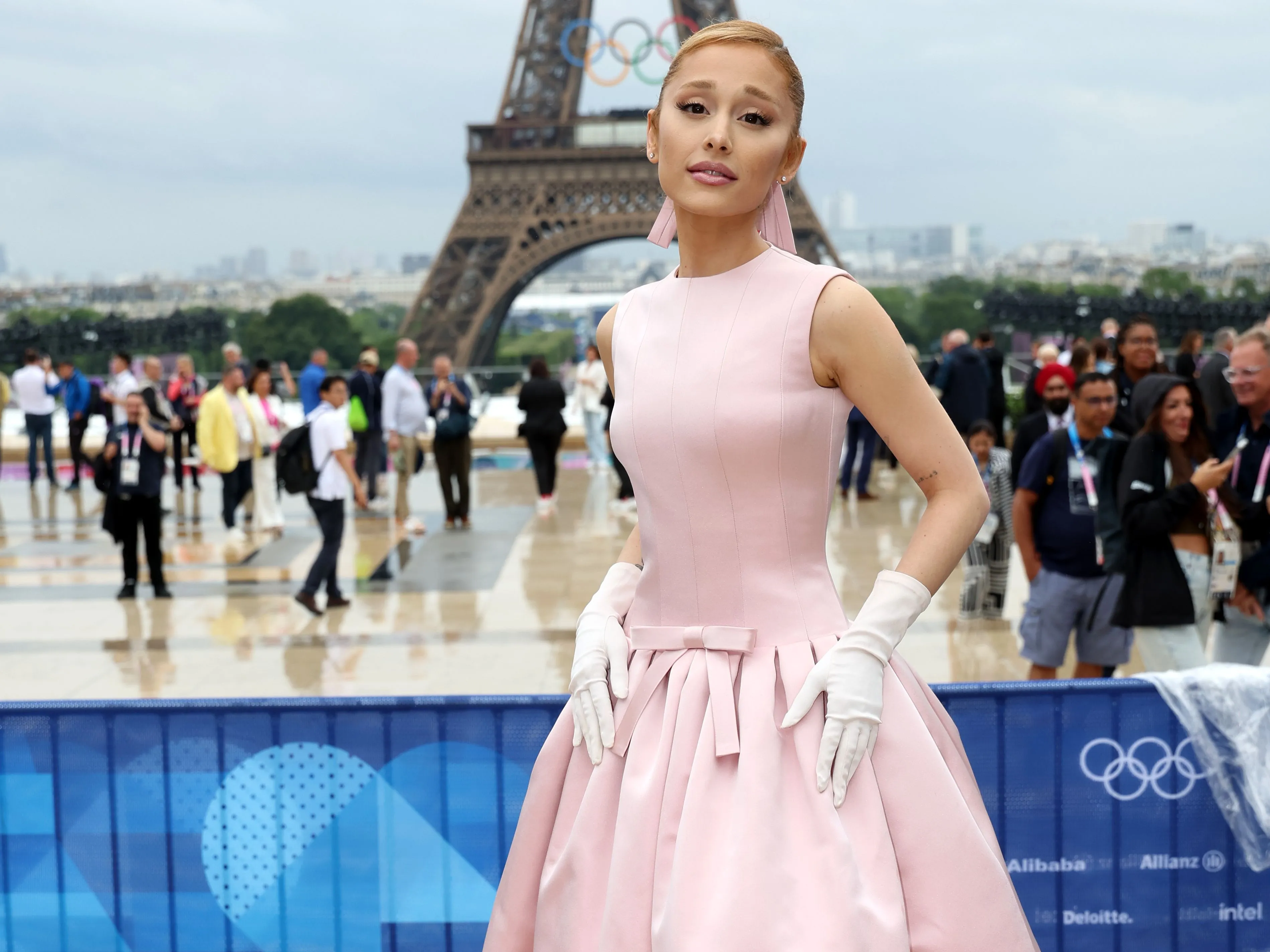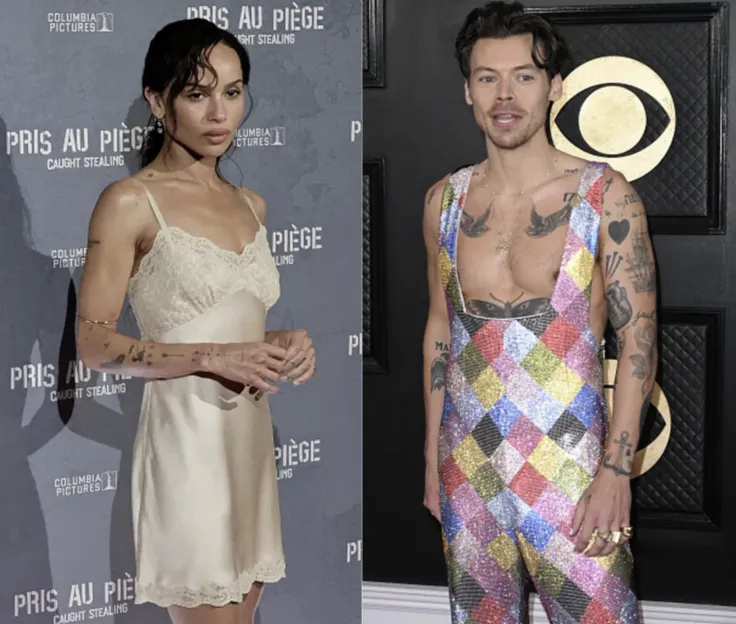

They Brushed Ariana Grande Off as Just a Pop Star — Until Hollywood’s Highest Gatekeepers Came Calling
Ariana Grande’s Pop Persona Was Never the Whole Story
For years, Ariana Grande was known primarily for her sky-high ponytail, whistle-tone vocals, and chart-topping singles. The world saw her as the quintessential pop princess—a former Nickelodeon starlet turned platinum-selling artist. She was the embodiment of the modern pop machine: dazzling music videos, sold-out arena tours, carefully choreographed public appearances. But what most people failed to realize was that beneath the pop persona was a multidimensional artist and actress with the ambition, depth, and raw talent to transcend the limitations of a musical identity.

Grande’s journey wasn’t just a tale of fame. It was a quiet rebellion against typecasting, a slow-burning evolution from pop stardom to cinematic respect. For a long time, the industry—and many of its elite players—underestimated her. They cast her as a “voice,” not a storyteller. A face, not a force. But that perception began to unravel the moment Hollywood’s most respected filmmakers and creatives started to take her seriously.
The Music Industry’s Darling—But Boxed In
After her breakout in the early 2010s, Ariana Grande quickly became a cultural phenomenon. With albums like My Everything, Dangerous Woman, and the critically acclaimed Sweetener, she proved her vocal prowess time and time again. Songs like “Into You,” “No Tears Left to Cry,” and “Thank U, Next” became anthems of a generation. Her commercial success was undeniable: she earned Grammys, broke streaming records, and maintained a global fanbase that rivaled the biggest acts in the world.
Yet despite all this, there was a ceiling placed above her. She was “just” a pop star—one who made hits, not high art. Music critics, while appreciative of her technical skill, often categorized her as a product rather than an auteur. When conversations about multi-hyphenate talents arose—think Lady Gaga, Donald Glover, or Zendaya—Grande was often left out. It was as though her past in children’s television and her glamor-focused public image disqualified her from deeper artistic consideration.
What they overlooked was her acting background, her comedic timing, her classical music training, and her hunger for roles that challenged her beyond the confines of a recording studio.
The Turning Point: ‘Don’t Look Up’ and the Power of Subtle Disruption
In 2021, Grande made a surprising return to acting with Adam McKay’s satirical disaster film Don’t Look Up, alongside Leonardo DiCaprio, Jennifer Lawrence, and Meryl Streep. Her role, though small, was a deliberate disruption of her public image. She played Riley Bina, a vapid yet oddly poignant pop star whose public breakup garnered more attention than the literal end of the world. It was meta, biting, and hilarious. More importantly, it showcased Grande’s self-awareness and ability to turn satire inward.
It was a moment of revelation. Audiences and insiders alike began to see that Ariana was not afraid to deconstruct the very stereotypes that defined her. McKay, a respected director known for his sharp political satire, spoke publicly about her comedic instincts and improvisational talent. Suddenly, the doors of Hollywood weren’t just opening—they were being held open for her.
The old narrative was dying. Ariana Grande wasn’t just a singer. She was an actress. A thinker. A creative force.
Behind the Curtain: The Work That No One Saw
While the public remained fixated on her musical career, behind the scenes, Grande was meticulously crafting her next act. She studied film scripts. She reconnected with her theatrical roots. She trained vocally for roles that demanded more than octave-hopping ballads. And most significantly, she began attaching herself to projects that redefined genre expectations.
Her casting as Glinda in the upcoming adaptation of Wicked marked a major shift. This wasn’t just a pop vehicle or a vanity project. It was a role that demanded stagecraft, emotional complexity, and the ability to carry a legacy. The original Wicked musical is one of the most beloved productions in modern Broadway history, and Glinda is a role etched into the cultural memory by the likes of Kristin Chenoweth.
Landing the part wasn’t a matter of celebrity. It was a matter of trust. Jon M. Chu, the film’s director, didn’t just need a voice—he needed a performer who could translate musical theater into cinematic magic. He saw that in Grande, and so did the producers, the casting directors, and eventually the film community. This was not a gamble. This was recognition.
Hollywood’s Highest Gatekeepers Take Notice
The shift was seismic. As filming began for Wicked, stories emerged from the set—of Ariana’s discipline, her vocal excellence, and her willingness to shed her image to serve the story. Industry insiders who once saw her as a pop confection were now whispering about Oscar potential. More directors began requesting meetings. Production companies inquired about her interest in original roles. Scripts flooded in.
She wasn’t auditioning for credibility anymore. She was the credibility.
In Hollywood, acceptance by the highest gatekeepers—filmmakers, studio heads, critics—rarely comes easy, especially for women who start their careers in music. It requires transformation, consistency, and, most of all, a performance that makes the industry see you differently. For Ariana, that moment had arrived.
The Cultural Narrative Is Catching Up
Ariana Grande’s evolution isn’t just about career strategy. It speaks to a broader conversation about how society—and especially Hollywood—defines artistic legitimacy. Why do we assume that singers can’t be actors? Why are pop stars denied complexity? Why are former child actors forced to reinvent themselves in the harshest ways to be taken seriously?
Grande has subverted all of these assumptions with a quiet tenacity. She hasn’t lashed out at the system. She hasn’t rebranded herself in some gritty, “serious” fashion. She’s simply allowed her work to speak louder than her image.
And now, the narrative is catching up. Magazines that once focused on her dating life are profiling her for her creative process. Film critics are analyzing her performances. Audiences are rewatching her earlier roles and discovering layers they missed the first time around.
What Comes Next? A Legacy Beyond Music
It’s clear now that Ariana Grande’s career is entering its second act—and it might be even more impactful than the first. As Wicked prepares for release, all eyes are on her. But unlike the days when people watched to critique or dismiss, they’re watching now with anticipation. They expect excellence. They expect transformation. They expect art.
And Grande is delivering.
Beyond Wicked, she’s expressed interest in producing, in writing, in creating original film and theater. There’s talk of her launching her own production company. There are rumors of auteur directors reaching out with passion projects. And yes, she’s still working on music—but now, it’s on her own terms.
She’s no longer boxed in by the label of “pop star.” She’s a multidisciplinary artist whose story is still unfolding. And if the early signs are any indication, the best is yet to come.
Conclusion: More Than a Voice—A Vision
Ariana Grande was never just a pop star. She was a performer waiting for the right moment to prove the full extent of her talent. The industry may have brushed her off at first, but once Hollywood’s highest gatekeepers came calling, the world was forced to reconsider what she was truly capable of.
Now, as she steps into the cinematic spotlight, it’s no longer about proving them wrong. It’s about showing them—and all of us—what happens when an artist refuses to be defined by anyone else’s narrative but her own.



















